 Image 1 of 17
Image 1 of 17

 Image 2 of 17
Image 2 of 17

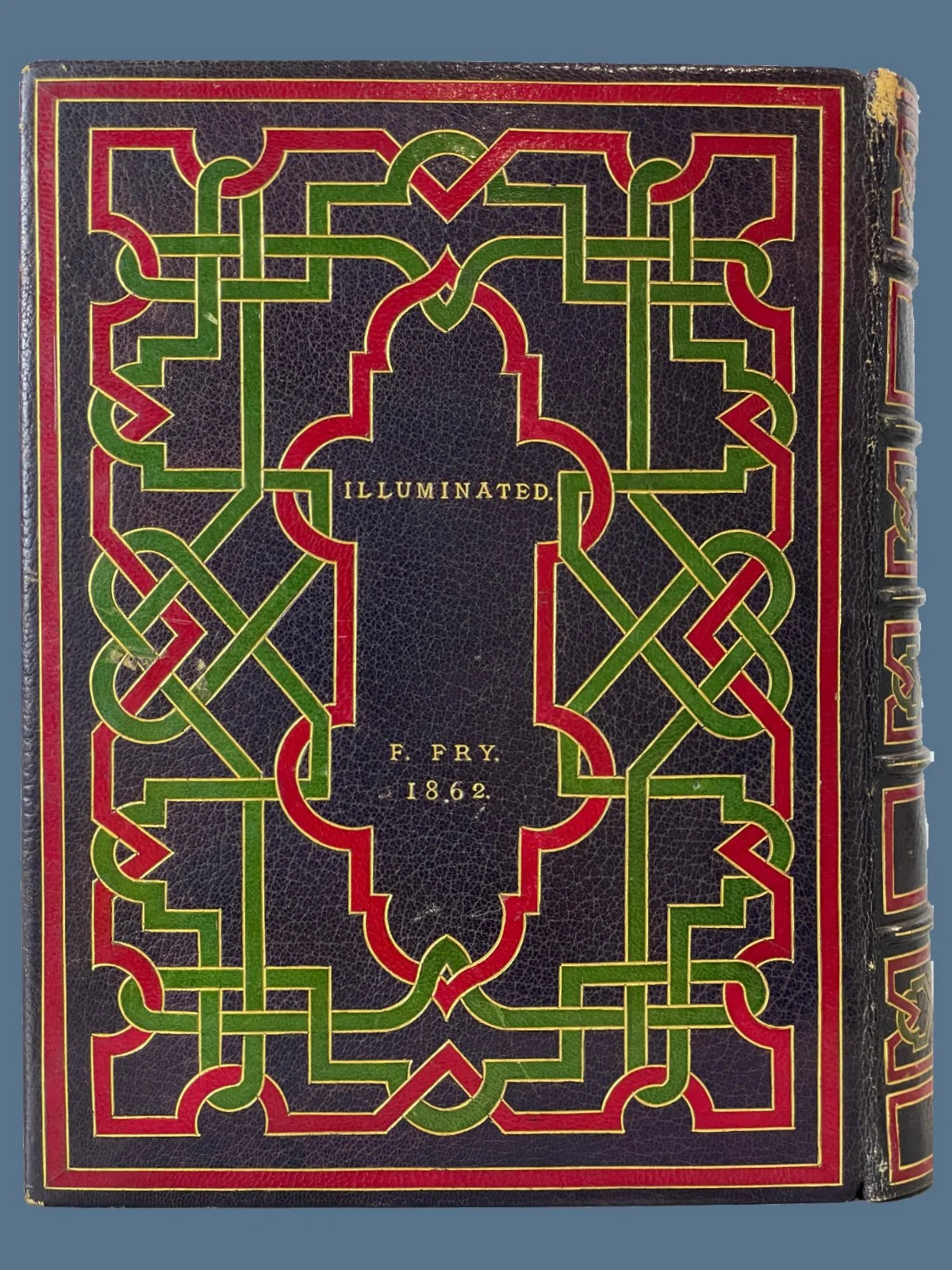 Image 3 of 17
Image 3 of 17

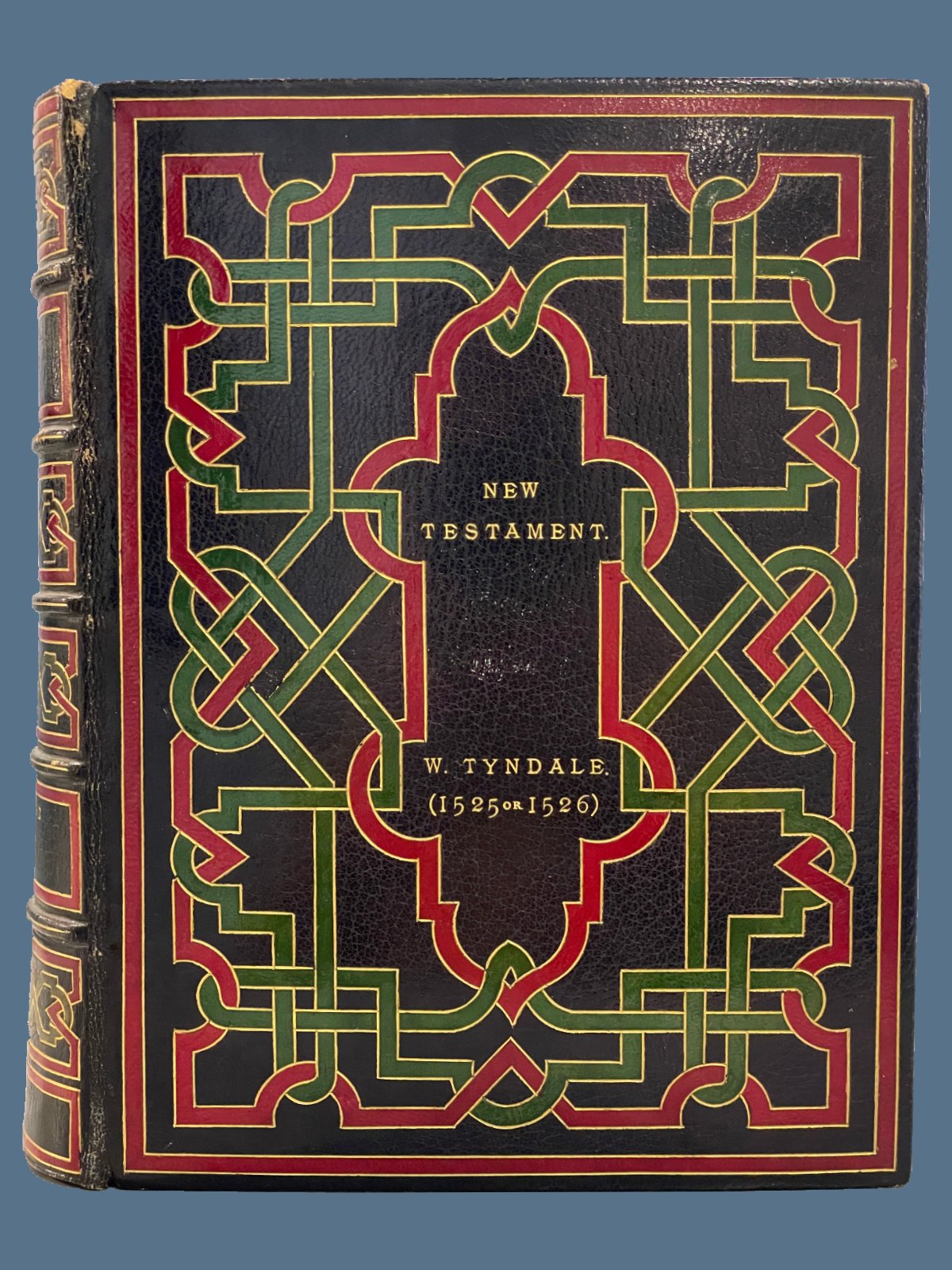 Image 4 of 17
Image 4 of 17

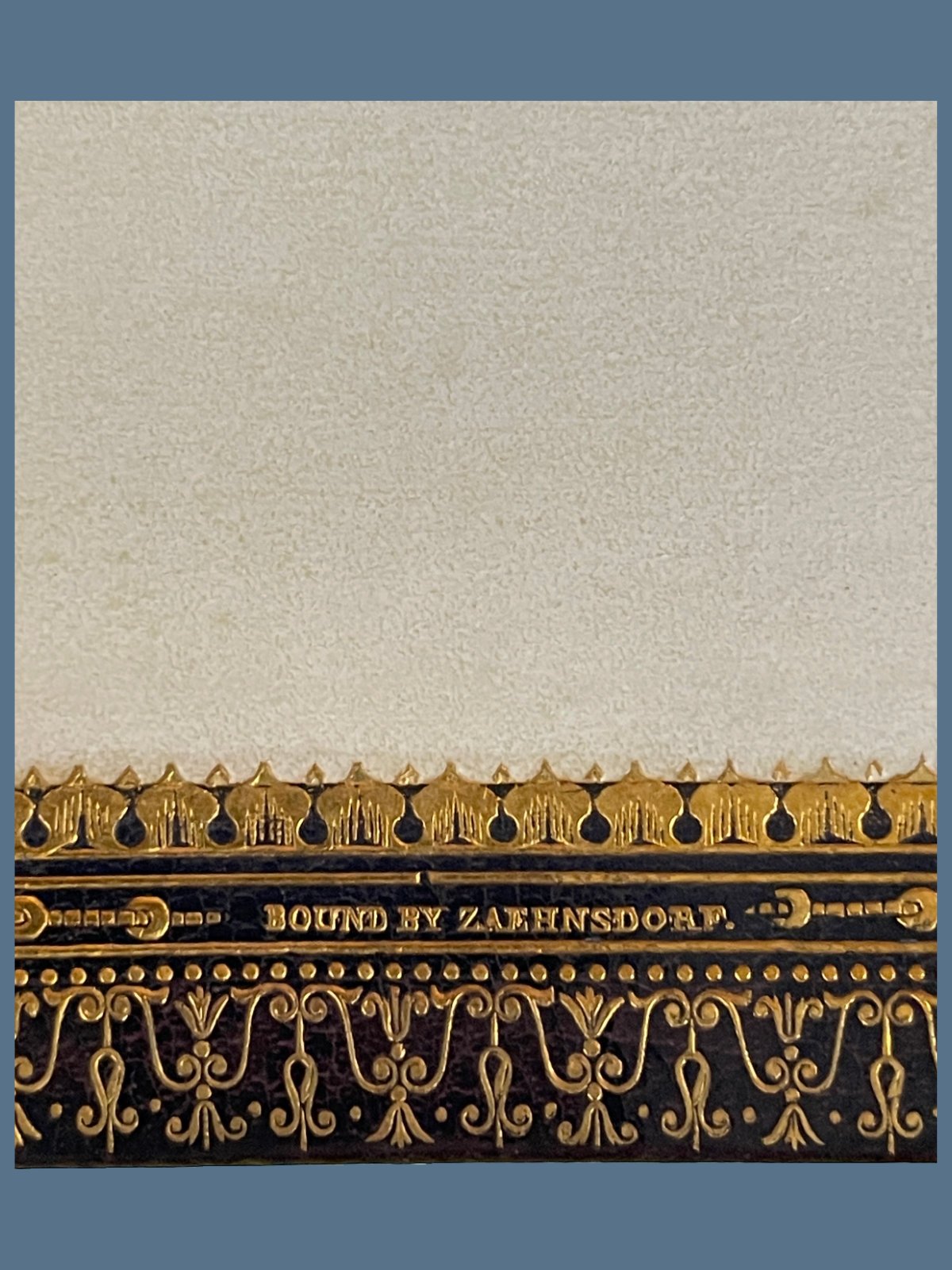 Image 5 of 17
Image 5 of 17

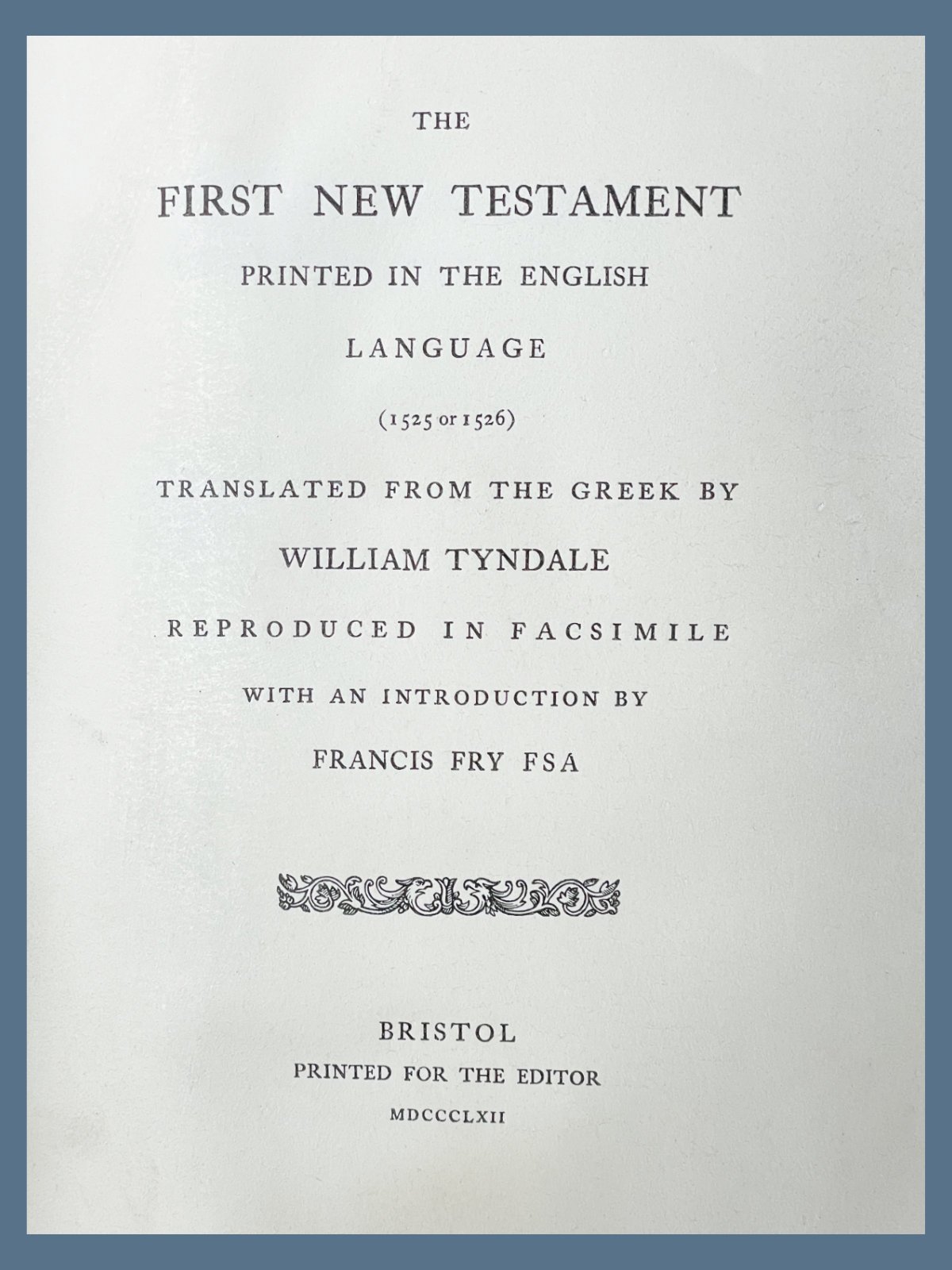 Image 6 of 17
Image 6 of 17

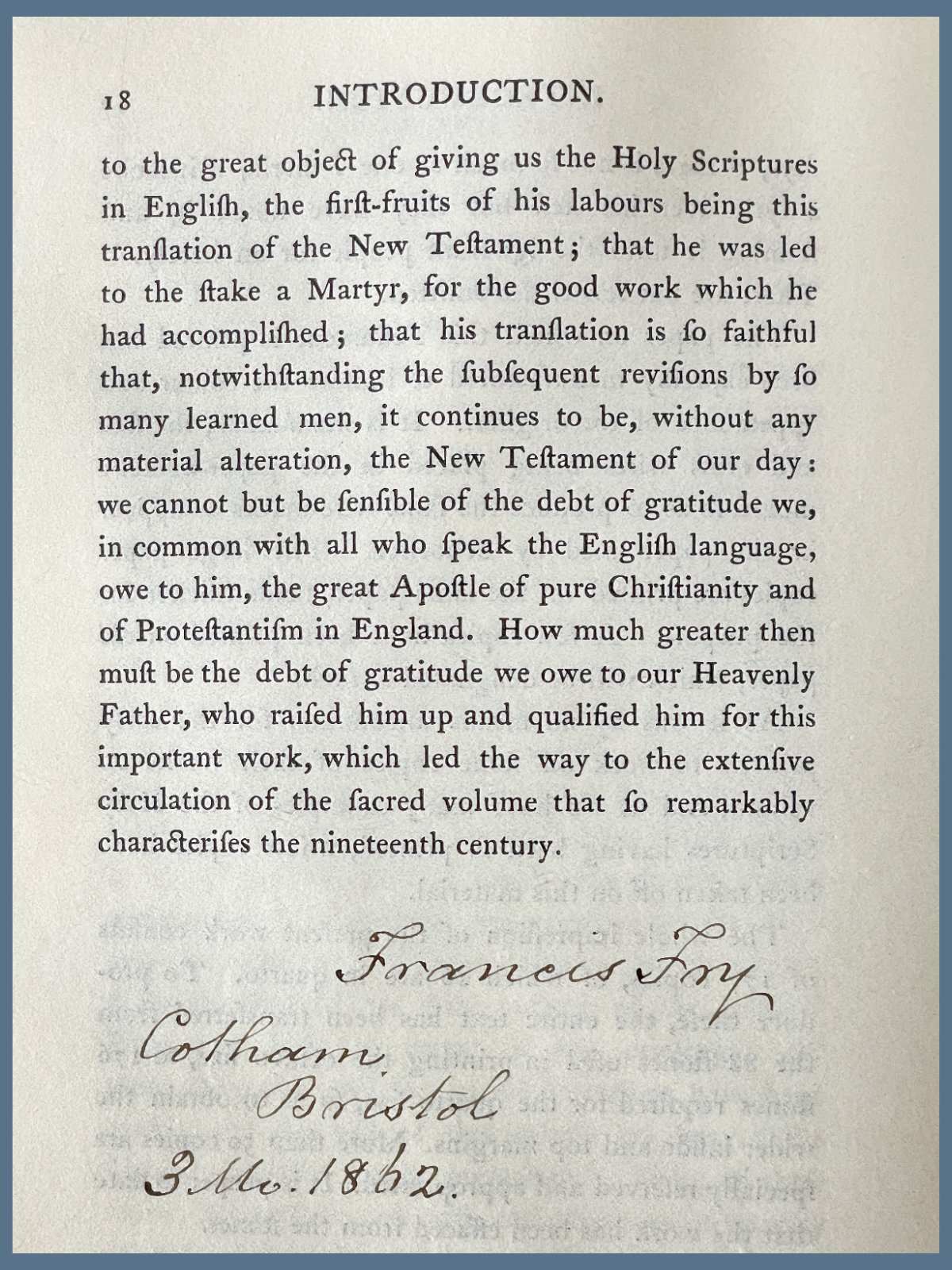 Image 7 of 17
Image 7 of 17

 Image 8 of 17
Image 8 of 17

 Image 9 of 17
Image 9 of 17

 Image 10 of 17
Image 10 of 17

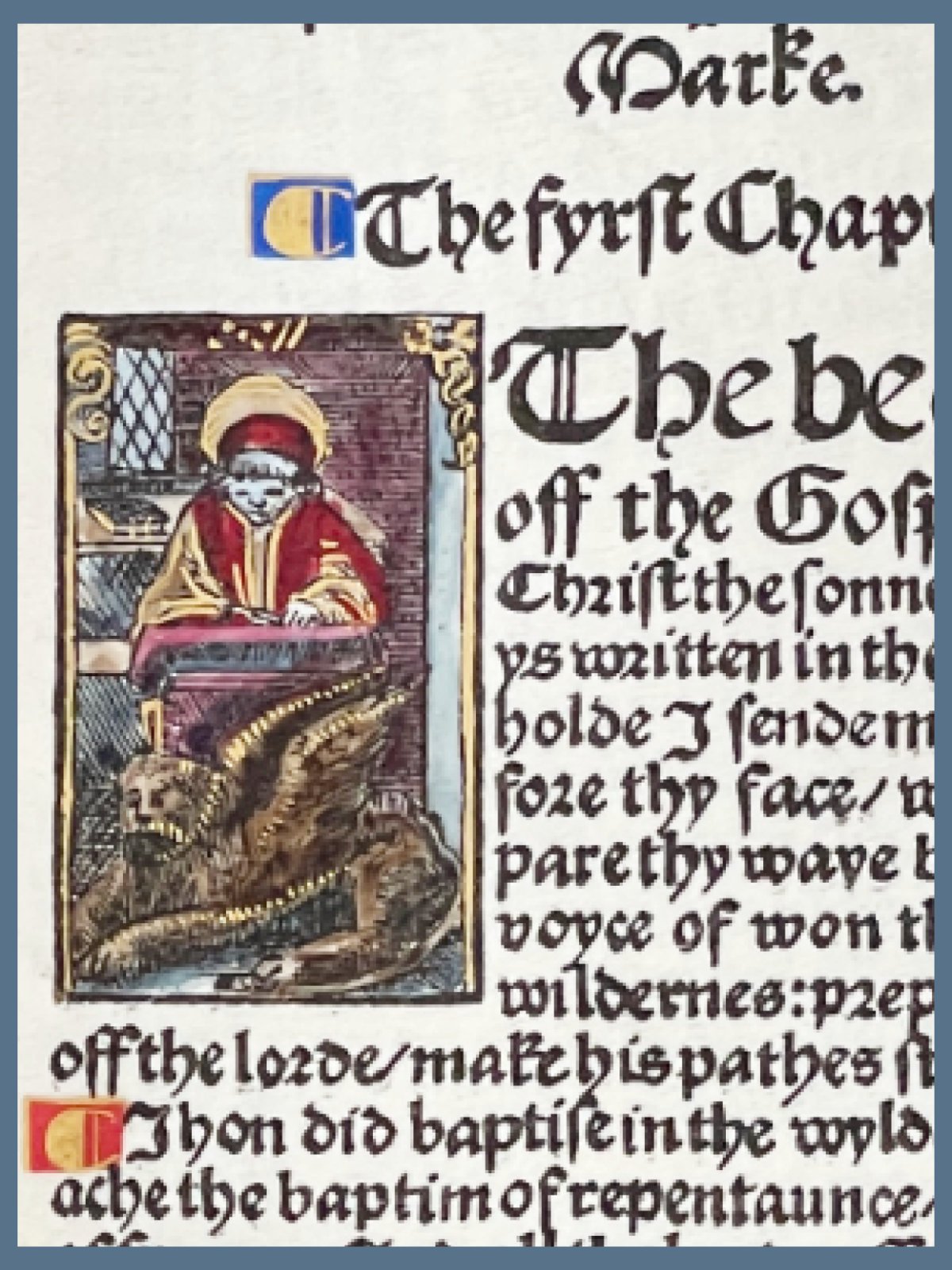 Image 11 of 17
Image 11 of 17

 Image 12 of 17
Image 12 of 17

 Image 13 of 17
Image 13 of 17

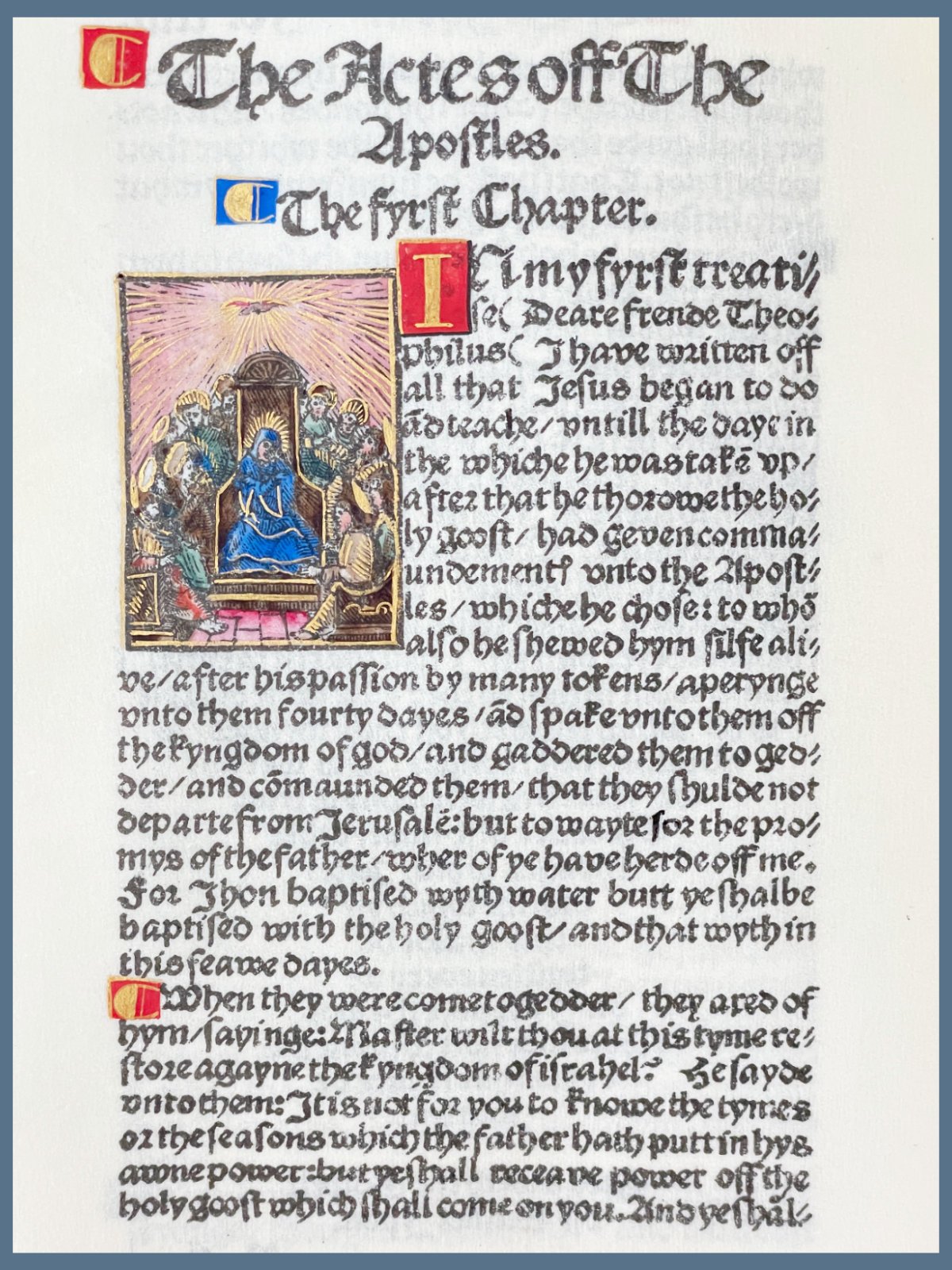 Image 14 of 17
Image 14 of 17

 Image 15 of 17
Image 15 of 17

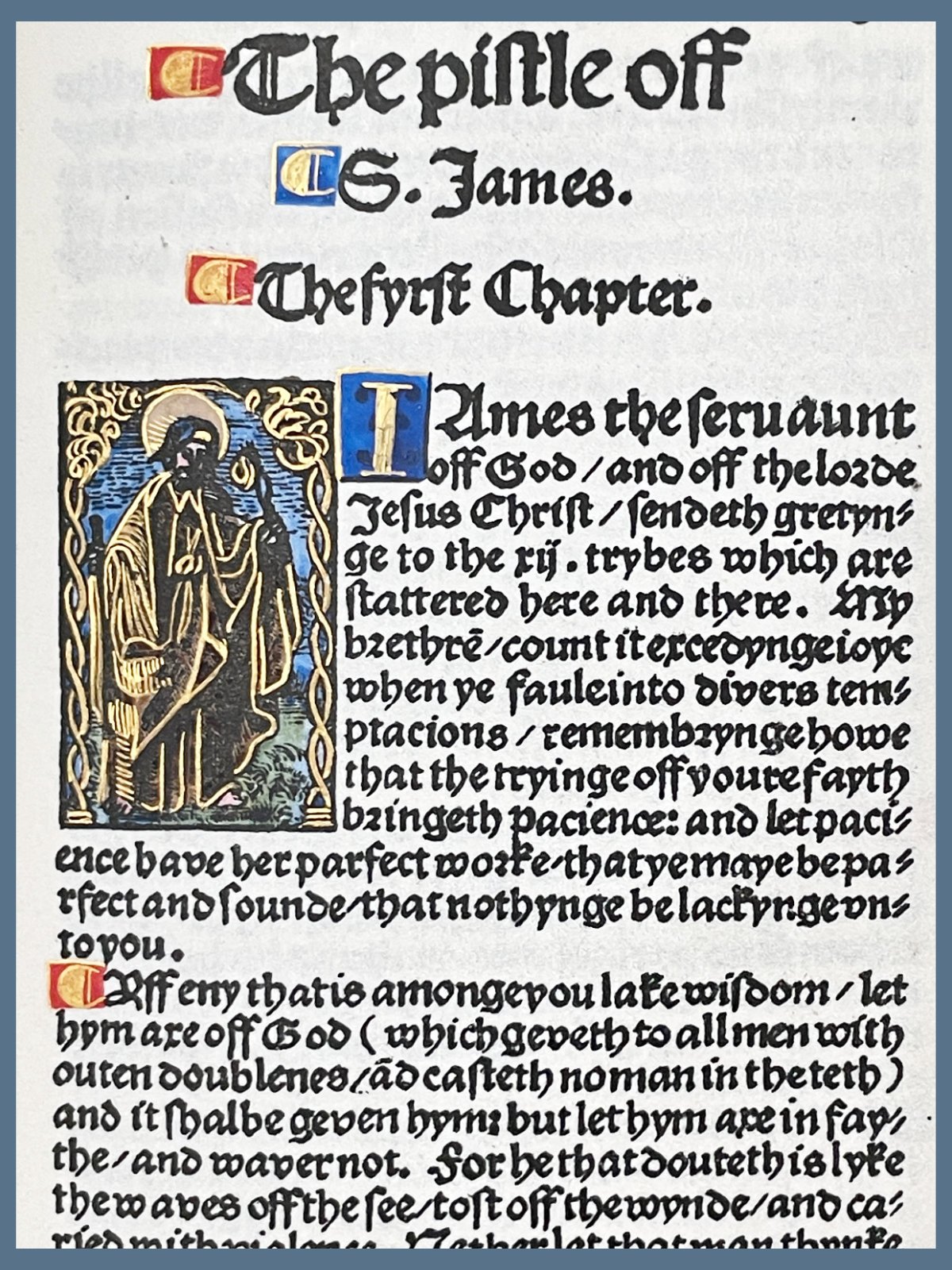 Image 16 of 17
Image 16 of 17

 Image 17 of 17
Image 17 of 17


















1862 Francis Fry Tyndale New Testament Printed on Vellum – Fry’s Personal Copy
Key Features
One of just a few quarto copies on vellum
Format: Quarto (9” x 7.5”)
Font: Single Column Black Letter
Binding: Dark Blue Morocco by Zaehnsdorf
Printer: Printed for the Editor, Bristol
SKU: R42
Key Features
One of just a few quarto copies on vellum
Format: Quarto (9” x 7.5”)
Font: Single Column Black Letter
Binding: Dark Blue Morocco by Zaehnsdorf
Printer: Printed for the Editor, Bristol
SKU: R42
Key Features
One of just a few quarto copies on vellum
Format: Quarto (9” x 7.5”)
Font: Single Column Black Letter
Binding: Dark Blue Morocco by Zaehnsdorf
Printer: Printed for the Editor, Bristol
SKU: R42
The first New Testament printed in the English Language (1525 or 1526), translated from the Greek by William Tyndale; reproduced in facsimile, with an introduction by Francis Fry.
Description
The facsimile of Tyndale's translation was produced lithographically from the copy that was in the Bristol Bible College at the time and is now held at the British Library. Woodcut title ornament, illustration, headpieces and initials, and lithographic facsimile illustrations. Illuminated with 13 miniatures in gold and colors, and initials and chapter and verse markings in gold, blue, and red.
Pagination
[2], 28, cccliii, [5] ff.
Binding
Blue morocco by Zaehnsdorf with elaborate red and green strapwork with a gilt-ruled border around a central rectangular design featuring the words “New Testament” and “W. Tyndale (1525 or 1526)” on the top board and “Illuminated” and “F. Fry 1862” on the bottom board lettered in gilt. Spine with five gilt-lined raised bands, red and green strapwork to compartments around a gilt-ruled border with the words “New Testament W. Tyndale (1525 or 1526) and “Illuminated F. Fry 1862” to compartments. Turn-ins decorated with roll-tooled gilt dentelles. All edges gilt.
Condition
Extremities lightly rubbed, especially to top of joints.
Provenance
Handed handed down in the Fry family until 1997, when it was purchased by a reputable Bible dealer, sold to a private collection, and then acquired by us.
Note
A leading expert on the bibliography of early English Bibles, Francis Fry (1803–1886) devoted years to studying their printings and variations. As a committed Quaker, Fry was deeply involved in the anti-slavery cause. In 1850, he traveled to northern Italy as part of a deputation from the Society of Friends to meet various sovereigns. He took advantage of the opportunity to visit galleries and museums along the way.
In 1860, Fry visited Germany to conduct research focused on the history of printing. His research pointed to Peter Schoeffer, a renowned printer in Strasbourg, as likely involved in printing Tyndale’s 1526 New Testament. Fry’s analysis of the typefaces and other evidence suggested that Schoeffer’s press may have been responsible for its production.
Tyndale’s translation was printed in its entirety in 1526 and smuggled into England and Scotland, hidden in bales of cloth. Copies spread rapidly, allowing the entire New Testament, faithfully translated from the Greek, to be read by anyone for the first time.
While the Church allowed certain Gospel Harmonies to circulate, these contained only fragments. The arrival of the full New Testament, including the Gospels and Epistles, was revolutionary, especially for the common folk. As Dr. Daniell notes, "There are records from most parts of the country of groups of people meeting to read and hear the Word, so newly arrived. Puzzlement about how the English became so quickly Protestant can be solved by considering the arrival of the whole of Paul’s Epistles in print and in English.”
In response, Bishop Cuthbert Tunstall, who had denied Tyndale’s request to translate the Bible, banned the book in October 1526. On October 27, he held a public book burning and claimed to have found two thousand errors in Tyndale’s text. The archbishop of Canterbury, William Warham, even requested financial contributions from his bishops to fund the destruction of copies, with the bishop of Norwich sending money and praising Warham’s act as a "gracious and blessed deed" for which “God would reward him.”
Two years after his discovery, Francis Fry produced a facsimile reprint of Tyndale’s 1526 New Testament to preserve and share this critical text with a broader audience. The facsimile was lithographed from the copy once held at Bristol Bible College, now housed at the British Library. The original 1526 edition of Tyndale’s New Testament is very rare, as many copies were destroyed due Tunstall’s efforts.
Fry worked carefully to reproduce the text, preserving the typography, layout, and original appearance of the 1526 edition. This limited edition was produced in 177 copies, most in a small octavo format, with 26 copies in a larger quarto. A note written inside a copy at a Christie’s auction mentions that only seven copies were printed on vellum, with a few copies in each format. Some copies are also signed by Fry at the end of the introduction.
Our copy is printed on vellum, issued in the large quarto format, and signed by Fry. It is bound in an attractive Zaehnsdorf binding, with Fry’s name lettered in gilt - this is Francis Fry’s personal copy.
References
Herbert 1936. ODNB 10209. D. J. Hall, ‘Francis Fry, a maker of chocolate and bibles’, The book trade and its customers, 1450–1900: historical essays for Robin Myers, ed. A. Hunt, G. Mandelbrote, and A. Shell (1997). T. Fry, A Brief Memoir of Francis Fry (1887). D. Daniell. The Bible in English (2003). A. Pollard. Records of the English Bible (1911).
